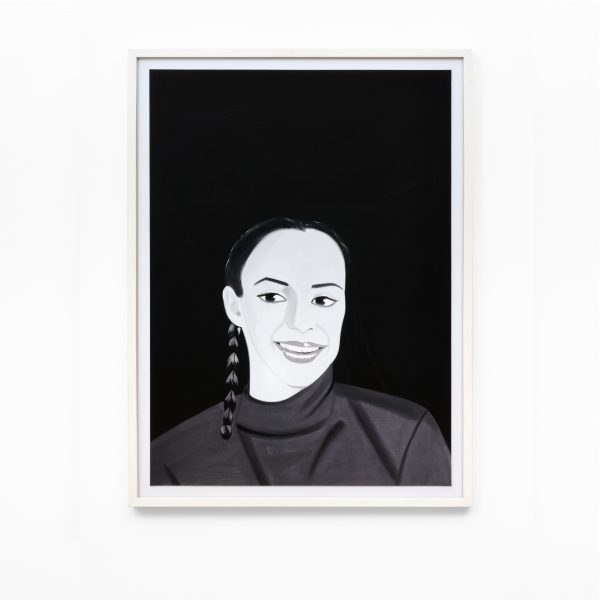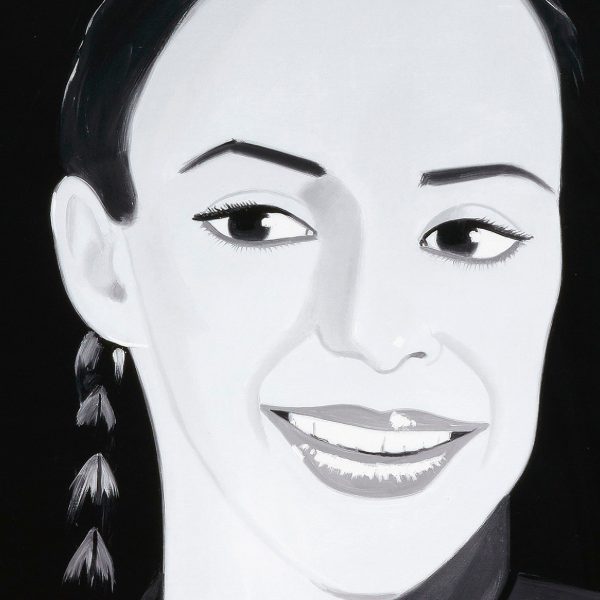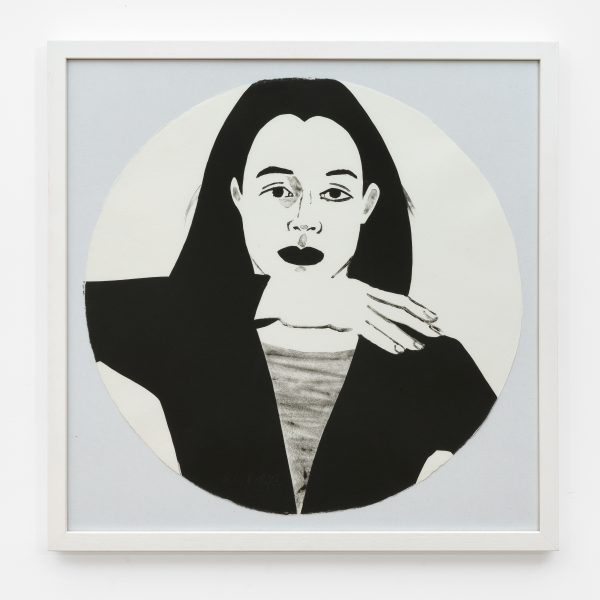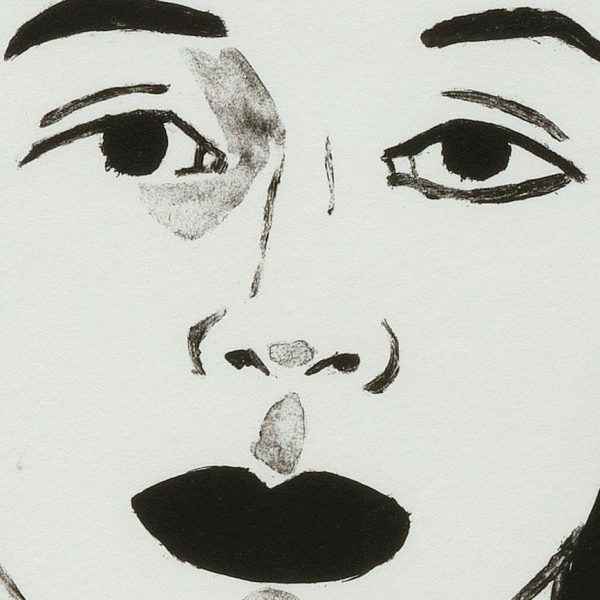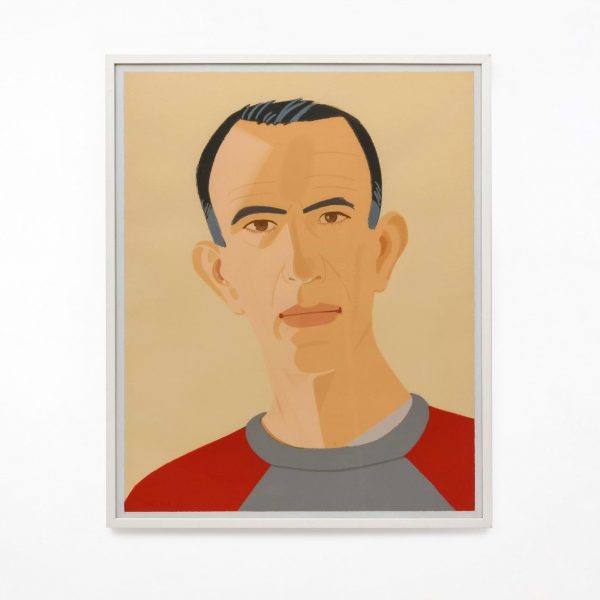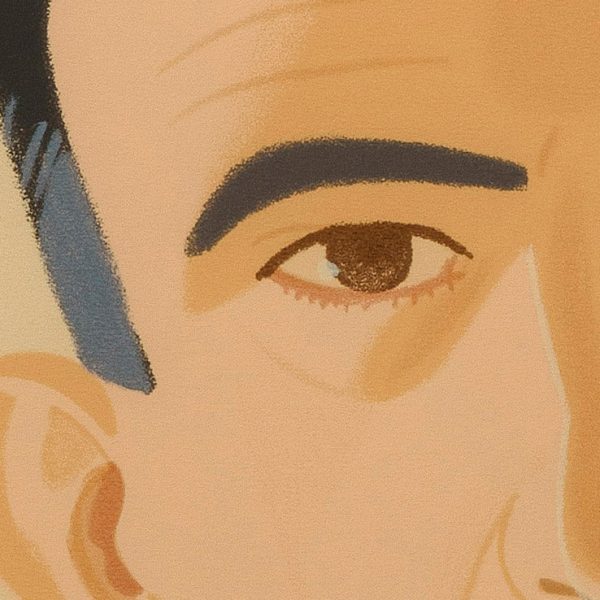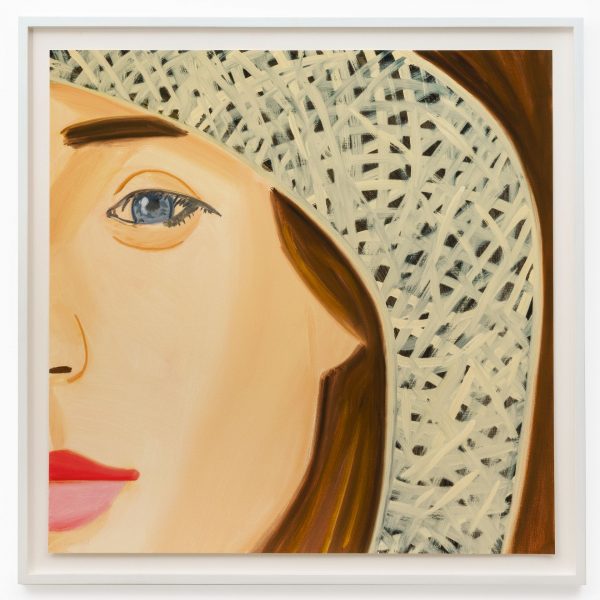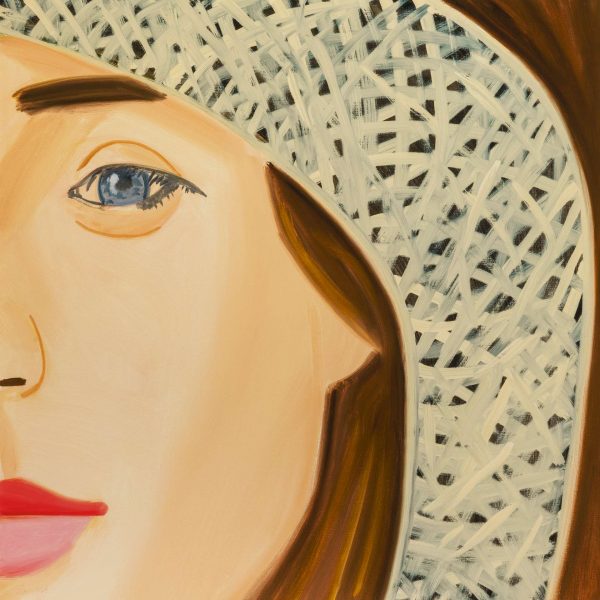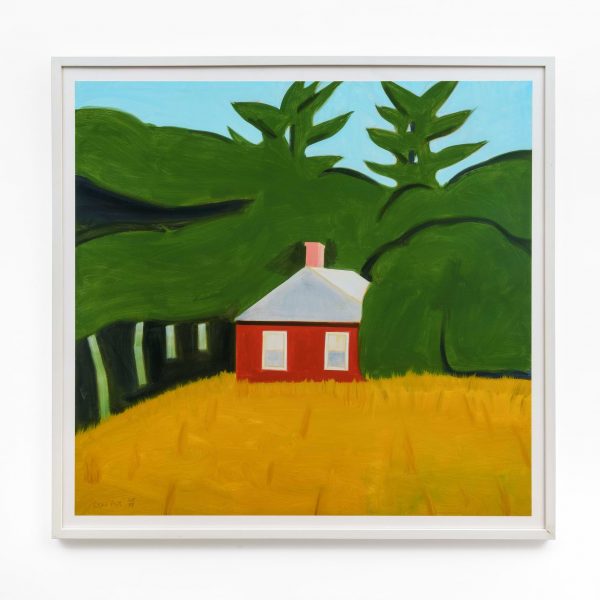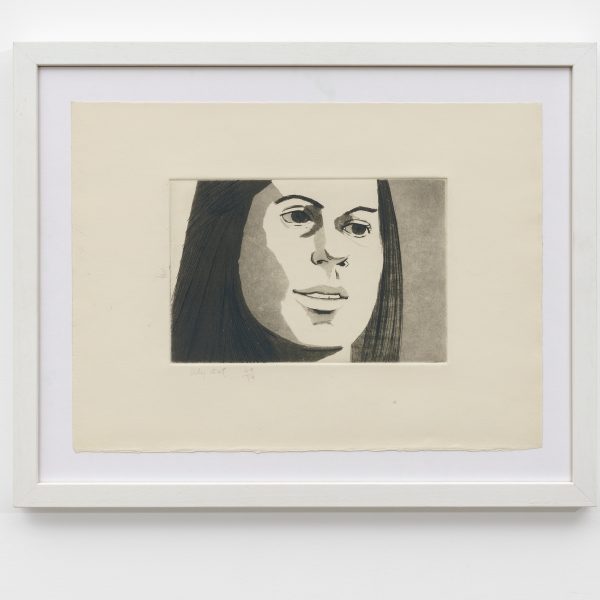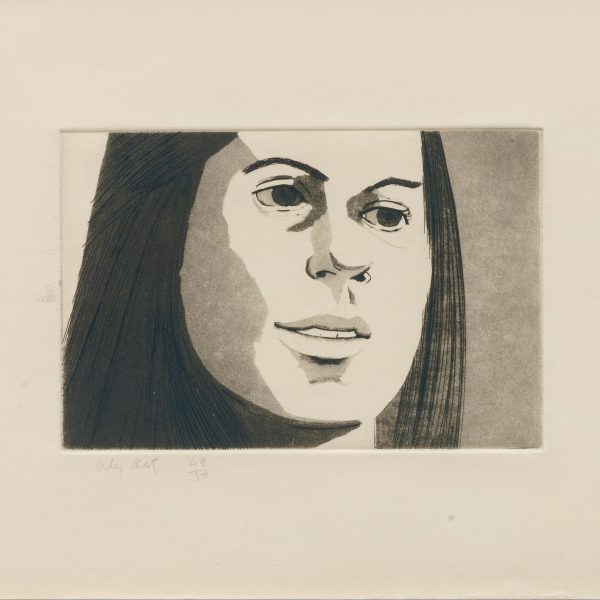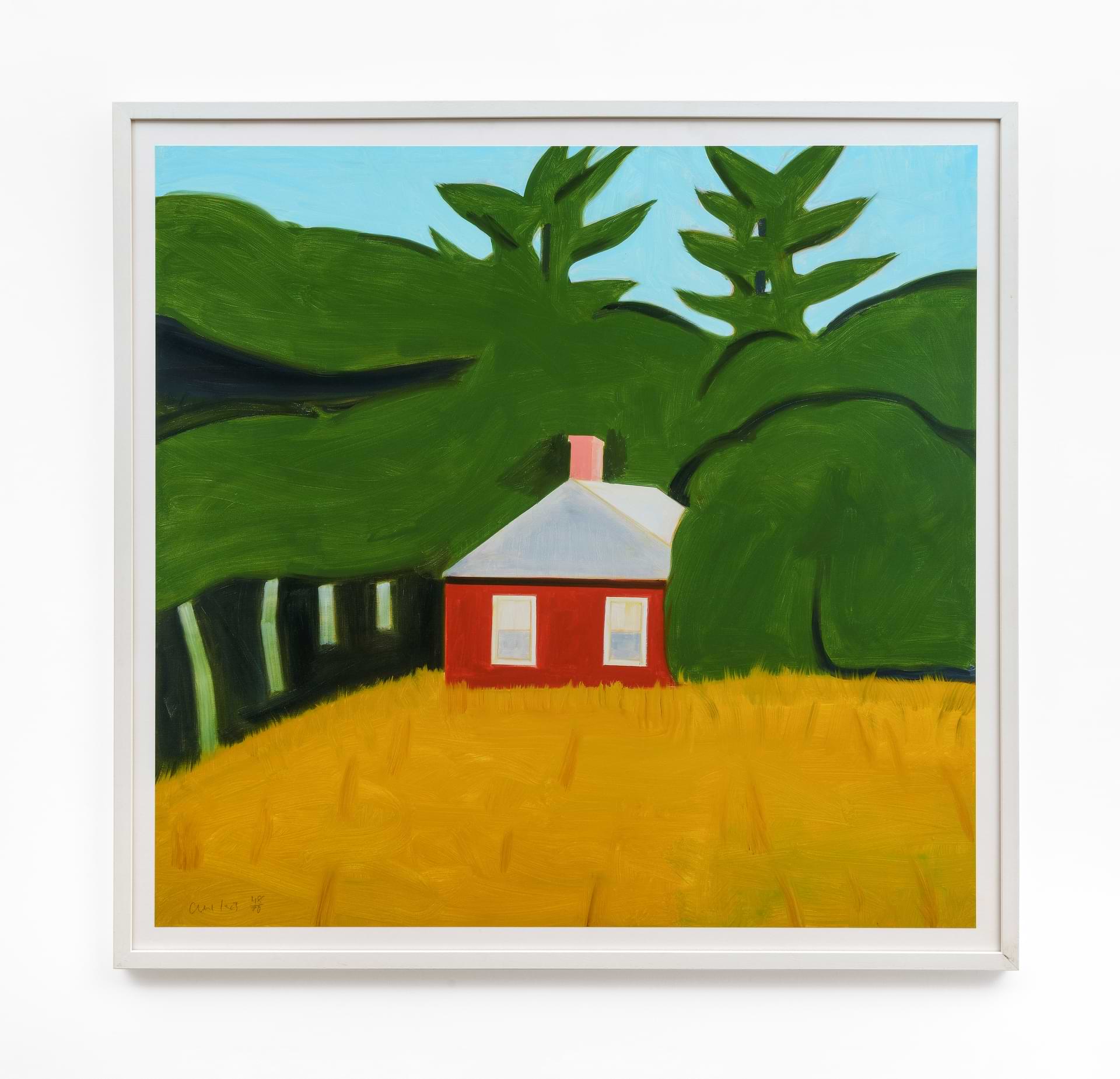
Alex Katz
Within the diverse landscape of 20th and 21st-century American art, Alex Katz (b. 1927) occupies a distinctive space, celebrated in museums worldwide. Over his seven-decade-long career, Katz has become renowned for his unique aesthetic that gracefully merges figuration and abstraction. His oeuvre, which spans painting, printmaking, and sculpture, has been widely acknowledged for its influence…
Within the diverse landscape of 20th and 21st-century American art, Alex Katz (b. 1927) occupies a distinctive space, celebrated in museums worldwide. Over his seven-decade-long career, Katz has become renowned for his unique aesthetic that gracefully merges figuration and abstraction. His oeuvre, which spans painting, printmaking, and sculpture, has been widely acknowledged for its influence on the development of Pop Art and the New Realism movement in the 1960s and 1970s.
Katz was born in Brooklyn, New York, and studied at the Cooper Union School of Art in Manhattan before attending the Skowhegan School of Painting and Sculpture in Maine. Early in his career, he diverged from the dominant Abstract Expressionism, adopting a style that resonated with the changing American cultural landscape. By the 1960s, Katz had honed his signature technique, characterized by simplified forms, flat planes, and bold colors—a pioneering approach that corresponded with the rise of Minimalism and Color Field painting.
It was at Skowhegan, Maine, where Katz developed his penchant for plein air painting, a technique that would shape his artistic approach throughout his career. Katz’s immersion in both rural and urban environments allowed him to develop a visual language that embraces the calm and stillness in nature as well as and the vibrant elegance of New York City.
A defining feature of Katz’s work is the exploration of human relationships, with a particular focus on the people in his personal life. Many of his most iconic works feature his wife and muse, Ada, whom he married in 1958. Katz’s portraits convey an intimacy and immediacy that showcase his mastery of capturing the essence of his subjects.
Katz’s landscapes serve as a testament to his mastery of light and shadow. Through carefully chosen color palettes and the effective use of shadows, he captures the fleeting, ephemeral qualities of light, rendering moments in time that evoke a sense of nostalgia and contemplation.
Katz’s influence on contemporary art is evident in the development of Pop Art, as his use of bold colors, graphic shapes, and everyday subject matter can be seen as a precursor to the works of artists like Andy Warhol and Roy Lichtenstein. Additionally, Katz’s innovative techniques in printmaking have contributed to the resurgence of the medium as a fine art
form.
At 96 years old, Alex Katz continues to be a prolific artist, tirelessly producing new work that maintains his reputation as one of the most influential painters of his time.
Katz lives and works in New York City.
